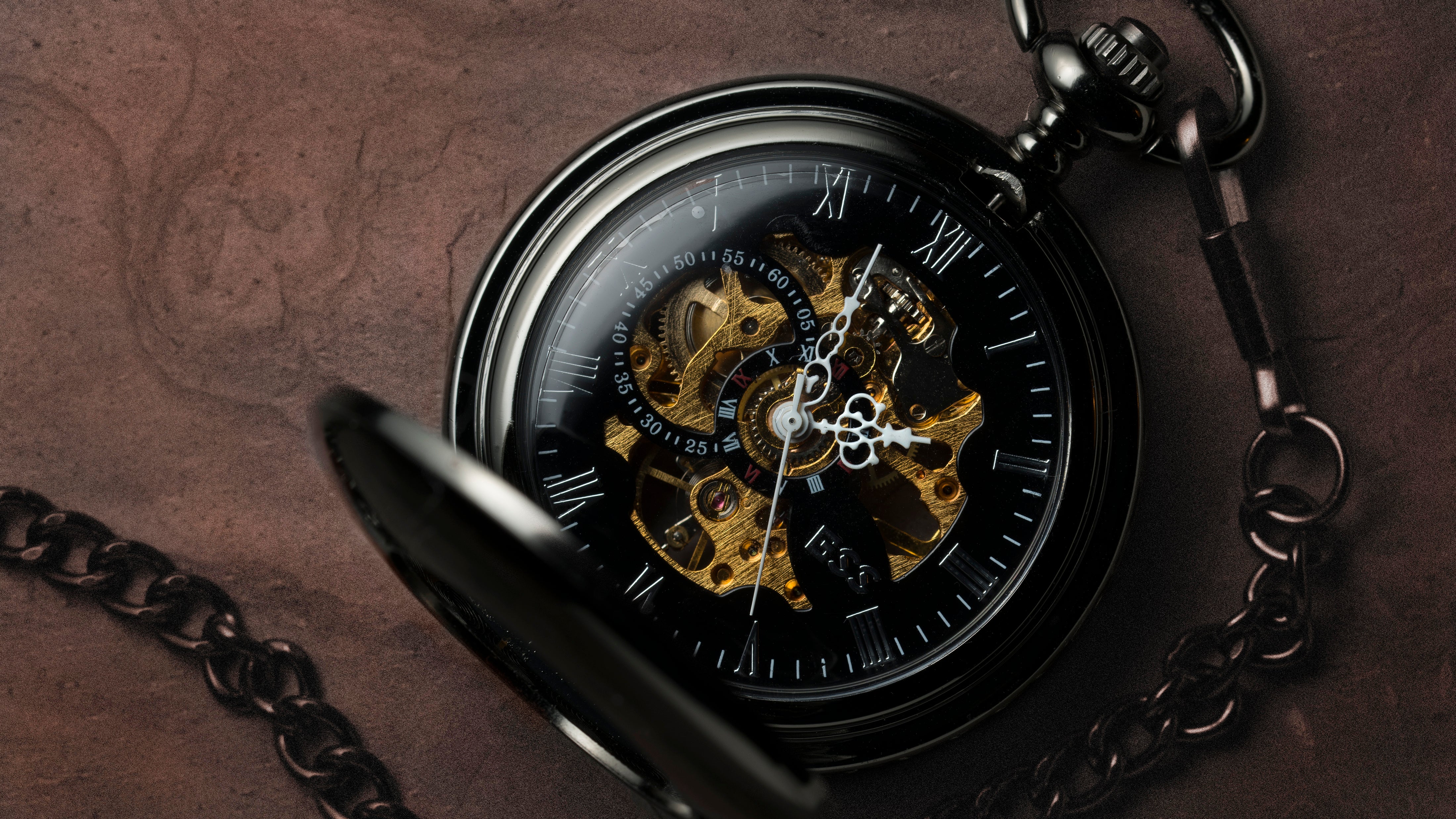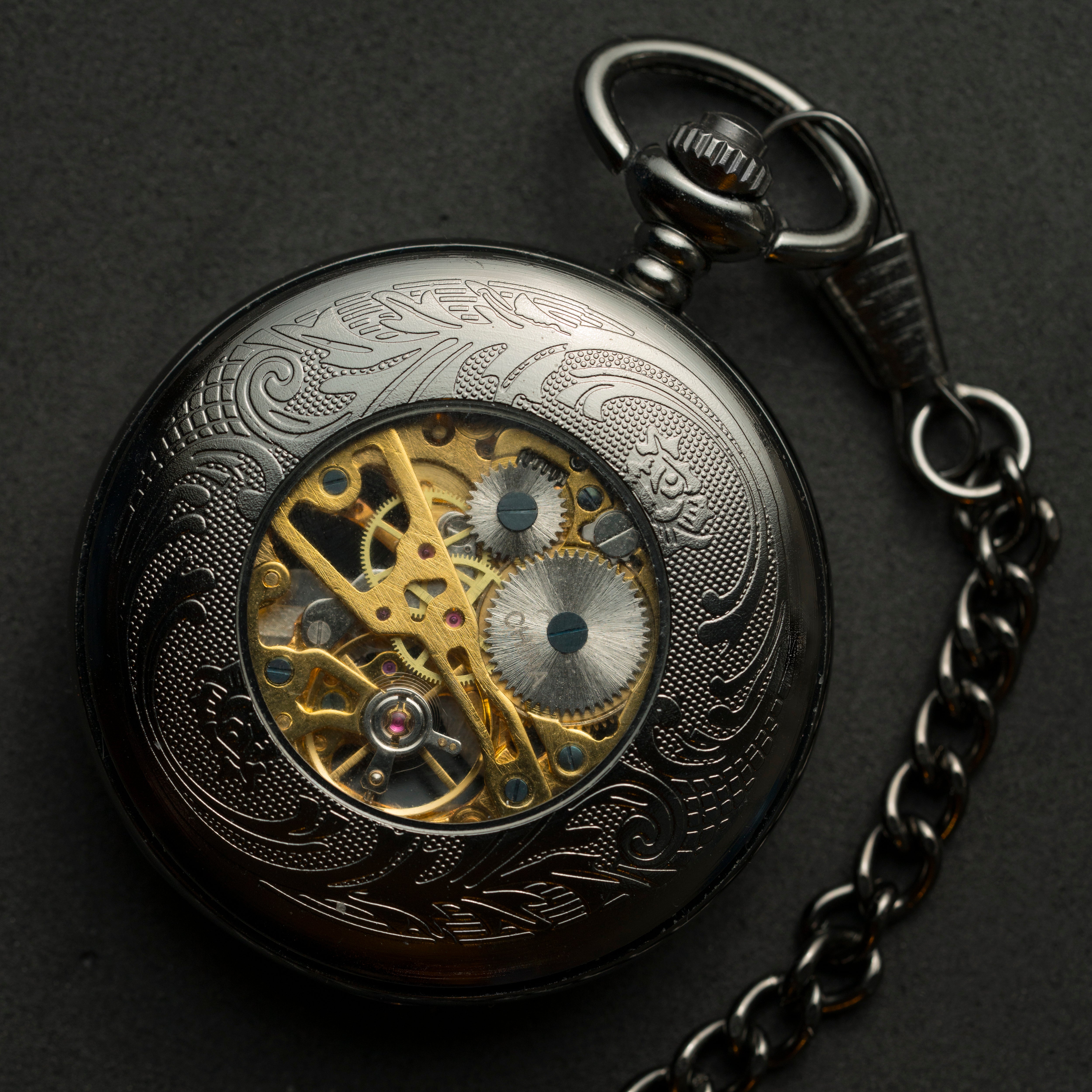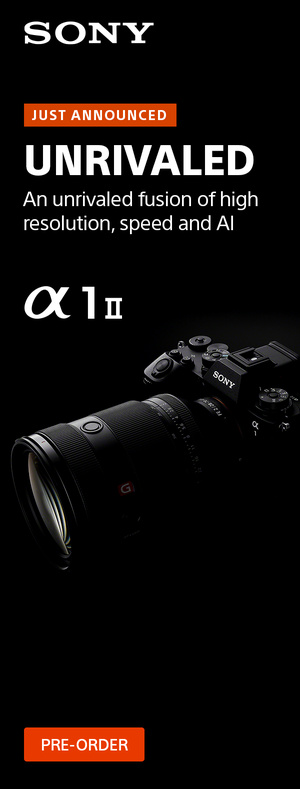By Dennis Biela
Recently I got a call to photograph some small objects for a project so I thought I’d brush up and do a little research on the latest techniques and gear in macro photography. It turns out that macro and close up photography are hugely popular, making up a fair portion of the photographs people take. That makes sense because it’s something you can do for a few minutes or all day, shooting in your house, the back yard or wherever your creativity takes you. A lot has changed with close-up photography and in my opinion it’s all for the better.
Technological Improvements
Focusing: Electronic viewfinders with their zoom-in capabilities make focusing so easy. I use the EVF in my Sony A7R II to place the point of focus with the kind of precision that I never had with an SLR.
Noise: Today’s cameras have less noise at all ISOs. With a high ISO setting, I can take the photograph using a faster shutter speed or have a smaller f-stop if I want more depth of field. When I set my A7R II at 50 ISO I get virtually no noise, but the photo still has an organic look. Less noise lets you capture more detail.
Lighting: I used to shoot with hot lights for most of my work and I had to be carful to not melt or burn the object I was photographing (really). But now I use the camera’s TTL capabilities with small flashes and wireless TTL control. It makes taking the photo much easier and faster. If you don’t want to use flash then LED lighting is a nice option.
Stabilization: When shooting hand-held, image stabilization is a big plus. As you get closer to your subject any vibration will magnify so if you’re taking a photo with a 90mm lens about 5-6 inches away from the subject it’s like trying to take a headshot of a person with a 500mm lens hand-held. For delicate macro work, it’s best to use a tripod, but I can get solid results hand-holding my A7R II because of its internal image stabilization.

For this pocket watch photo, I used a Sony A7R II with the Sony FE 90mm F2.8 Macro G OSS lens and a flash in a small softbox off to the side. To the left of the watch is a 1x12-inch piece of white foam board to bounce the light back into the watch and give it a nice rim-light effect. The camera is in TTL mode and it’s triggering the flash via a wireless controller. This allows me the flexibility to move the flash around and not worry about changing the flash output as I move it farther away or I bring it in closer. The A7R II automatically adjusts the flash output from the flash to maintain proper exposure. The exposure was f/9 at 1/60-sec at ISO 50.
 This photo of the back of the watch was taken with the same gear, but with a white background and an 8x16-inch piece of foam board to bounce light into the bottom of the watch. Sony A7R II, Sony FE 90mm F2.8 Macro G OSS lens, 1/60-sec., f/9, ISO 100.
This photo of the back of the watch was taken with the same gear, but with a white background and an 8x16-inch piece of foam board to bounce light into the bottom of the watch. Sony A7R II, Sony FE 90mm F2.8 Macro G OSS lens, 1/60-sec., f/9, ISO 100.
![]()
Here's a section of the same image blown up to actual pixels. The lack of noise and from the Sony A7R II and the quality of the optics in the 90mm macro lens make it possible to get this kind of detail. Sony A7R II, Sony FE 90mm F2.8 Macro G OSS lens, 1/60-sec., f/9, ISO 100.

Here’s the same subject on a black mat with the softbox placed directly above. I used a small piece of yellow paper to warm up the bottom just a tad. Sony A7R II, Sony FE 90mm F2.8 Macro G OSS lens, 1/60 sec., f/6.3, ISO 400.
Pro Tips
Keep It Clean: Dust on the subject can be a big issue, especially when shooting macro. I use canned air to carefully clean off the subject before I start to shoot. If you’re going to be shooting the same object for a few hours, you can use a small personal fan to keep the air moving and prevent dust from landing on your setup.
Manual Override: I focus manually when I’m shooting closer then 8 inches. A focusing rail is handy when closer then 4 or 5 inches from the subject. As you focus the lens the amount of area visible may change, the focus rail allows you to move the camera back and forth easily so you won’t have to move the tripod or the arm on a copy stand. If you can, use a tripod or other stable platform. When you’re really close it’s like shooting with a super telephoto and any camera shake is dramatic in the viewfinder. Focus and framing is much easier if the image is not moving in the viewfinder.
My Macro Gear
My normal gear is the Sony A7R II the Sony FE 90mm F2.8 Macro G OSS lens or the Sony 50mm F2.8 Macro lens. The 50mm is an A-mount lens that I attach to the A7R II with the Sony LA-EA3 lens adapter. On occasion I also use a 10mm aftermarket autofocus extension tube when I need to be even closer to the subject or I’m using a lens that won’t focus close enough. In addition to my camera supports, I use 2 Nissin Di700 flashes with an Air 1 controller. 2 Neewer 8x12-inch softboxes, 2 PocketWizards, a wired Sony remote camera cable (in place of the PocketWizard), black and white foam boards, small light stands, a flash light and an old copy stand. When taking macro photos I also think about the background—what would enhance or complement my main subject? You can pick up various items pretty inexpensively. I use various pieces of cloth or stone tiles from Home Depot. Most 12-inch tiles cost less then $2.00.

Many people, including myself, find macro photography to be relaxing. I find taking the time to set up and compose the shot to be enjoyable and I get a sense of accomplishment when I capture the image I had envisioned.
More about the Sony A7R II:
See Matt Kloskowski's article, My First 60 Days With The Sony A7R II
Check out Colby Brown's Deep Dive Look At The Sony A7R II
See the full specs and features of the Sony A7R II at Sony.com.



